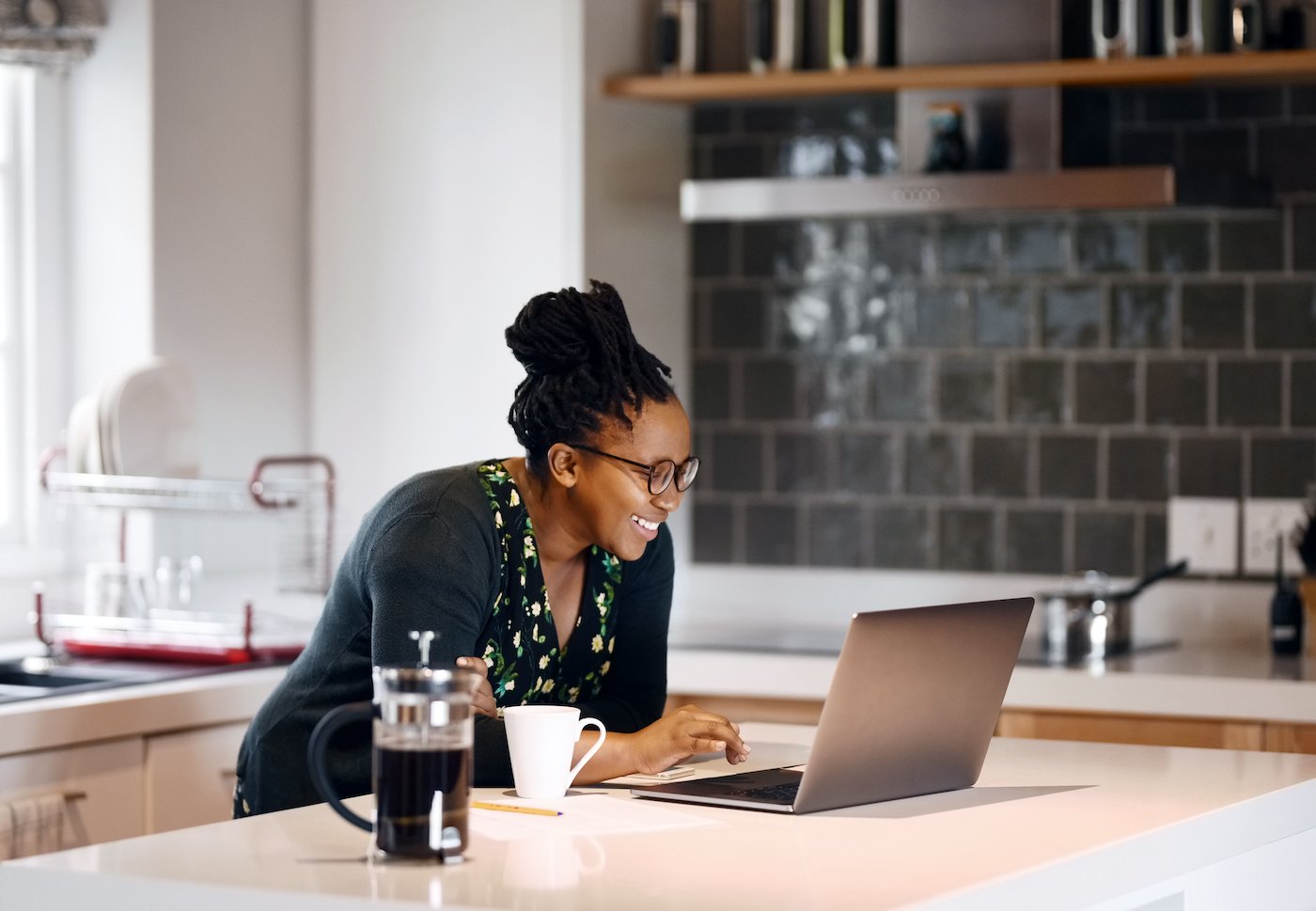One of the great perks of working flexibly is being able to choose where you work, physically. Sometimes your desk is actually your desk, sometimes it’s your couch, sometimes the manager at the cafe around the corner wishes it weren’t that sunny table by the window.
For so many of us, working during the pandemic has meant working anywhere we can find a quiet space. For those of us who weren’t part of the great American commute before social distancing, and were already working flexibly, it’s meant more time in one space. No more coworking desks or outstaying your welcome at a cafe.
For all of us it boils down to one thing: We’re all spending more time in front of our screens, being sedentary. Like statistically significant, scientifically verifiable levels of more time in front of our screens. Let’s not even worry about what this might be doing to our ability to socialize, empathize, or even just make eye contact. What is it doing to our bodies?
Brian Langenhorst is an Industrial Coordinator and Ergonomics Specialist in the Occupational Health Department of the Mayo Clinic Health System. He specializes in assessing workstations in all kinds of contexts from medical offices to meatpacking plants. He looks for ergonomic risks and advises on plans to avoid injury.
And whether you work with huge knives in a cold storage warehouse or spend your days bathed in the warm light of too many screens, the wear on your body is real and requires time and attention if you want to keep doing that job, let alone doing it well.
Langenhorst says that the root of most issues comes from a mismatch between the tool, the task, and the worker. This might be obvious if you’re building a table, but if what you need to do is write a document, why isn’t working on your laptop on the couch just fine?
Quite simply, human bodies aren't built for it. Our heads are too big. No really, your head is too big. (But so is everyone else's.) Langenhorst says you can visualize the impact on your body of working with a laptop on our knees like a plant curling toward the light over time. A plant balancing a bowling ball on top of it.
“The weight of our head is 8 to 12 pounds, depending on what study you look at. So as soon as that noggin comes forward, now my neck and my shoulders and my upper back and mid-back are all having to hold and support my head against gravity, and gravity's going to win that game.”
That slow curl giving in to gravity is in the best of conditions. If you have anything besides perfect vision, great posture, and excellent back muscles, you’re going to lose that fight faster.
The issues may be worse for those who work flexibly. Often office furniture is designed with posture, sight lines, and long hours in mind. Your yoga ball or lap desk may be comfortable but it’s probably not helping you support your personal bowling ball.
But we don’t all need to learn to work in traction or run out and buy standing desks. It might be best just to balance out our repetitive tasks with opposing movements. Langenhorst uses what he calls the “Rule of Opposites” to think about how he’s holding his body.
“If I'm looking down on my keyboard or my mouse or paperwork or my monitor, the rule of opposites says I want to stretch in the opposite direction. So I may use a chin tuck or some shoulder circles backwards. I may want to pull my shoulder blades together. Essentially putting everything into extension in the opposite direction.”
Probably the place we'll all feel too much screen time first is our eyes. One of the main reasons is that you become glassy eyed, literally. If you spend too much time in front of a screen your blink rate slows by as much as three-fourths. The solution is as simple as you might think. Look away, but with very specific parameters of course. Langenhorst recommends using the 20-20-20 rule: “Every 20 to 30 minutes, I would recommend that folks look away from their monitor to a distance of 20 feet for at least 20 to 30 seconds.”
If you want to set up a workspace tailored to you, your body is the best measuring tape. Langenhorst says posture and vision really work together, so starting with where your eyes land is going to set you up for success. Your screen should be about an arm’s length in front of you, and the first characters on it should appear pretty quickly in your field of vision from that point. “My eyes should be about a half an inch to an inch and a half higher than the first characters of my screen. If I have bifocals, I need to double that.”
So wherever you choose to post up for your nine-to-five, make sure to take into account the science of sitting down (or standing up). Make sure your workstation fits your physiology, not just the task at hand.
